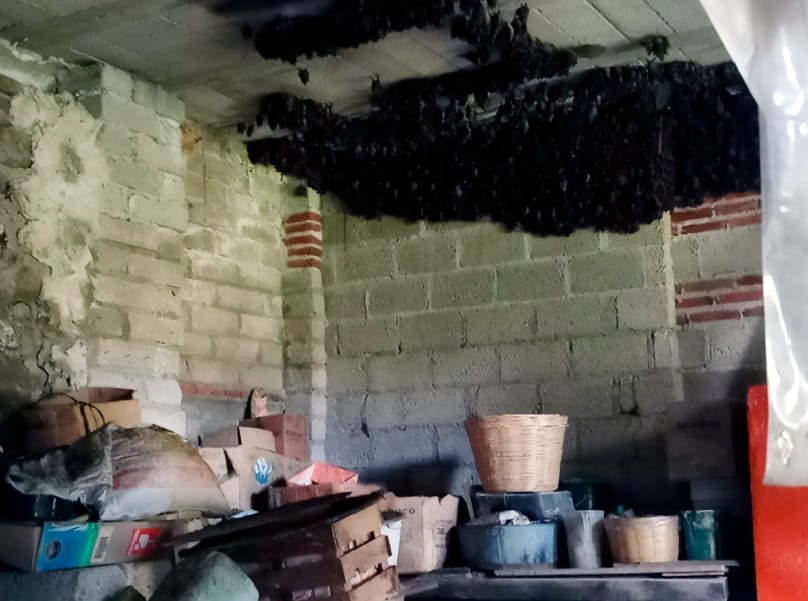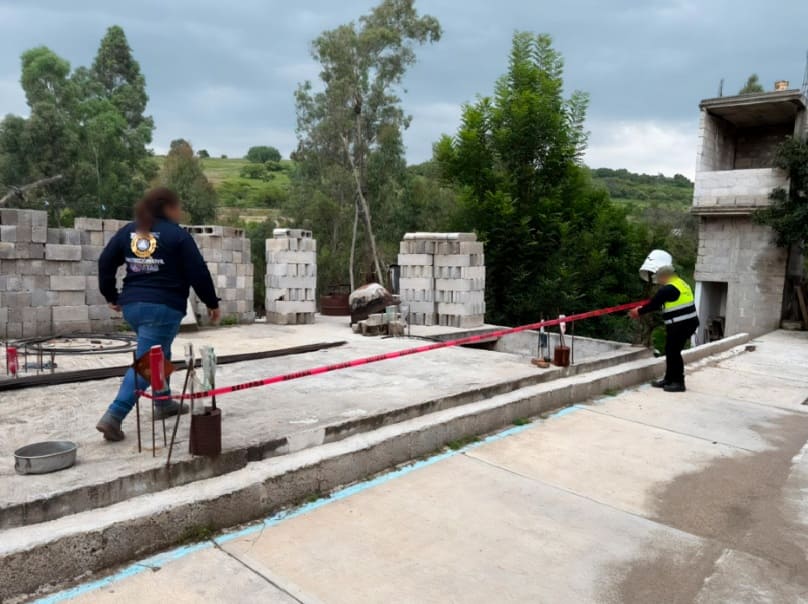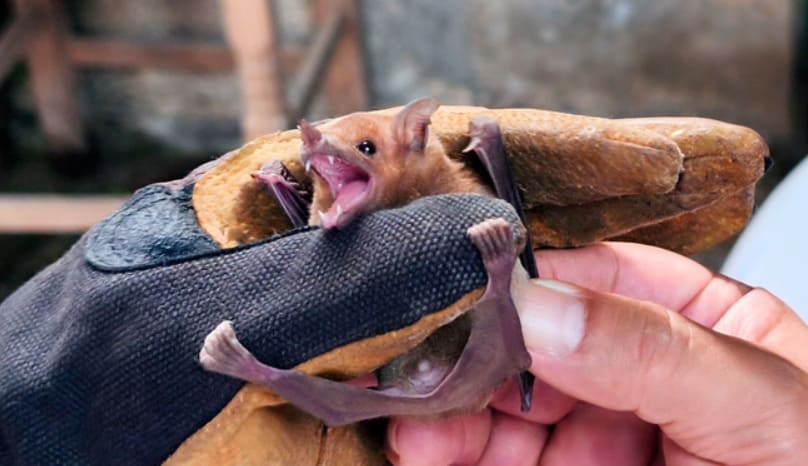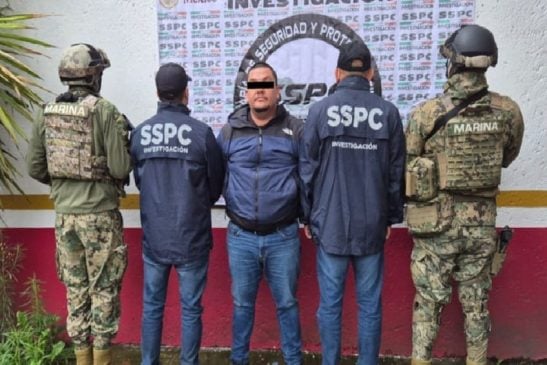Nativitas, Tlaxcala — A family in the state of Tlaxcala is being trained on how to live with a large bat colony. Officers from the Federal Environmental Protection Office (Profepa) are helping the family after locating a colony of bats on their property.
The property owner called Profepa (Procuraduria Federal de Proteccion al Ambiente) for help in late July after discovering a large black mass inside an unfinished section of their home.
The large mass turned out to be more than 2,000 bats. Profepa said personnel visited the private home in the municipality of Nativitas, Tlaxcala, on July 26 to monitor the presence of a bat colony consisting of more than 2,000 bats, mostly of the Leptonycteris yerbabuenae species.
They also provided training for the family and local authorities.
The bat colony established itself naturally in the house approximately a month ago. During the visit, Profepa inspectors detected pregnant females, suggesting that the site could be serving as a temporary refuge during their reproductive stage.
It is presumed that this is a migratory colony associated with the flowering of the agave, so its presence is expected to extend into September or October.

The property owner expressed his willingness to cooperate with authorities. He stated that he has no intention of harming the bats and that he will allow them to remain on site until they naturally disappear. He also stated that he will cooperate with the relevant institutions in their protection and responsible management.
With the participation of conservation specialists, training and awareness-raising activities were provided to the residents of the home, as well as to municipal Civil Protection personnel.
This action is part of an inter-institutional collaboration strategy between Profepa (Profepa), the Tlaxcala state government, the Tlaxcala State Wildlife Institute, the Altiplano Zoo, Zoonosis, Semarnat (Semarnat), SESA (Sector of the Ministry of the Environment), and the Autonomous University of Tlaxcala.
The strategy is focused on highlighting the importance of the species, promoting protection measures and establishing alternatives for harmonious coexistence should the specimens seek to establish themselves permanently.

A nighttime cleanup operation was carried out on July 29th. This phase involved monitoring and inactivating accumulated guano, with the participation of the Wildlife Institute for the State of Tlaxcala (IFAST) and the Autonomous University of Tlaxcala (UATX).
Nativitas municipal services were responsible for collecting and disposing of the waste generated, in compliance with applicable environmental regulations. As a preventative measure, a plastic sheeting field was placed in the affected area to facilitate ongoing monitoring of guano and prevent future accumulations, thus ensuring the natural migratory cycle of these specimens, whose departure is expected after the current breeding season.
During the day, the ecological importance of the species, recommended protection measures and alternatives for permanent settlements were discussed, as well as the need for a management plan that allows for coexistence with wildlife.

This species provides important ecosystem services, including pollination of agave and other plants.


